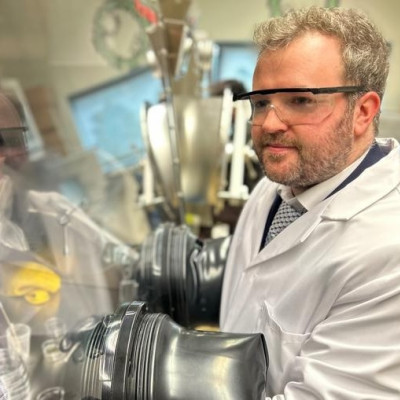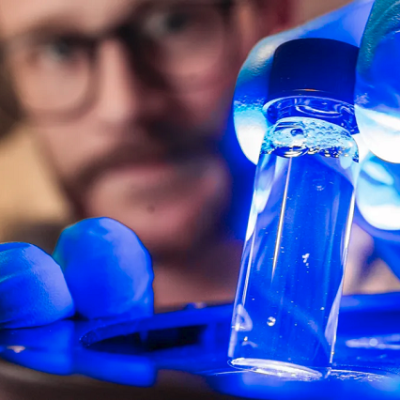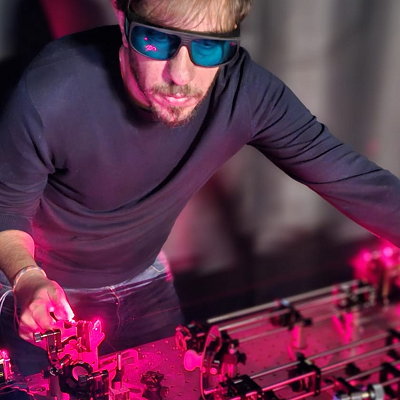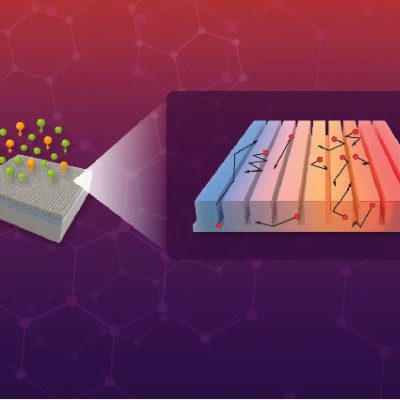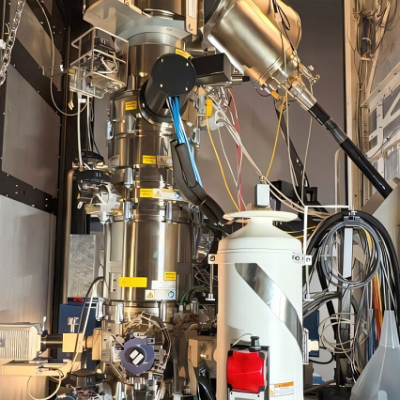Carbon nanotubes (CNTs) can be used as additives for a range of applications for their enhanced structural and electrical properties. Many of those applications have a very low tolerance for impurity level that can be allowed in the final material composition. This puts a stringent limit on the level of impurity allowed in any of the components, including the CNTs.
As-produced CNTs typically have metal impurities from the production process in the range of 0.1% to 10% by weight. Many processes have been developed to reduce that impurity level from size-based filtration, magnetic separation (for suitable metals), gas or liquid acid-based chemical approaches, and high temperatures which sublimate the non-carbon elements out.
However, these existing purification techniques typically suffer from some combination of cost and scalability. Costs can be due to the process (utilities and materials) or the yield (significant carbon loss). And while purification approaches can be readily identified in small quantities in batch operation, attempting to scale them can be a technical challenge.
Metal impurities can be found either inside the CNT walls (i.e., encapsulated) or attached to the surface of the tubes, such as coke. In almost all cases, the metal is encapsulated by layers of carbon, meaning the purification process must contend with that carbon before the metal can be removed.
Submissions to this Challenge must be received by Apr 19, 2024.
Read the original article on Technology Org.


